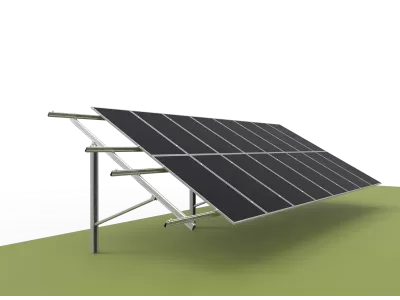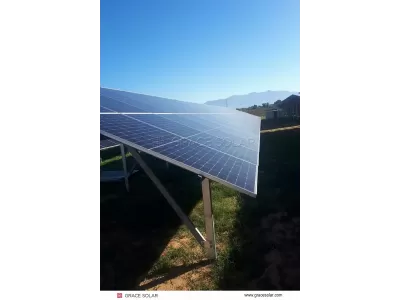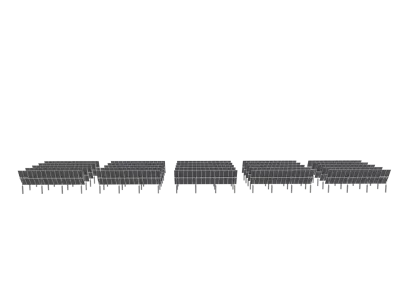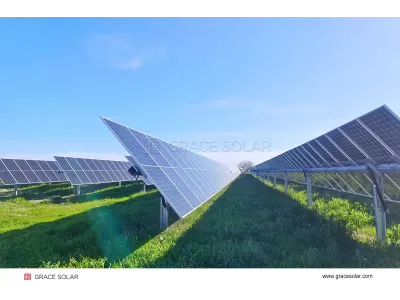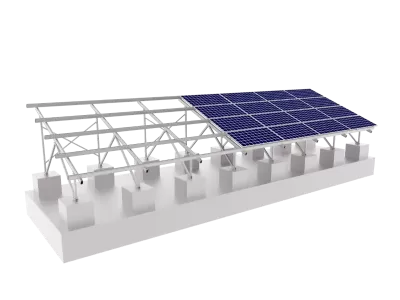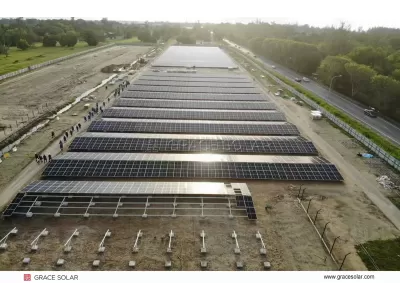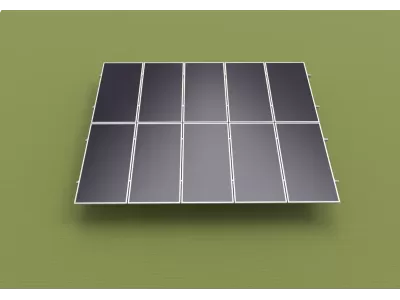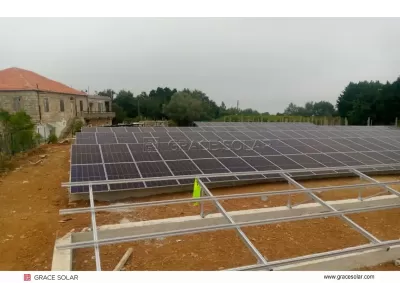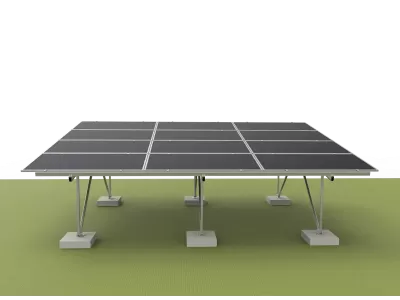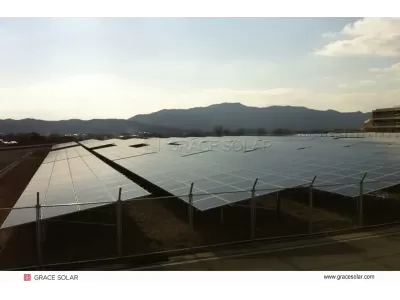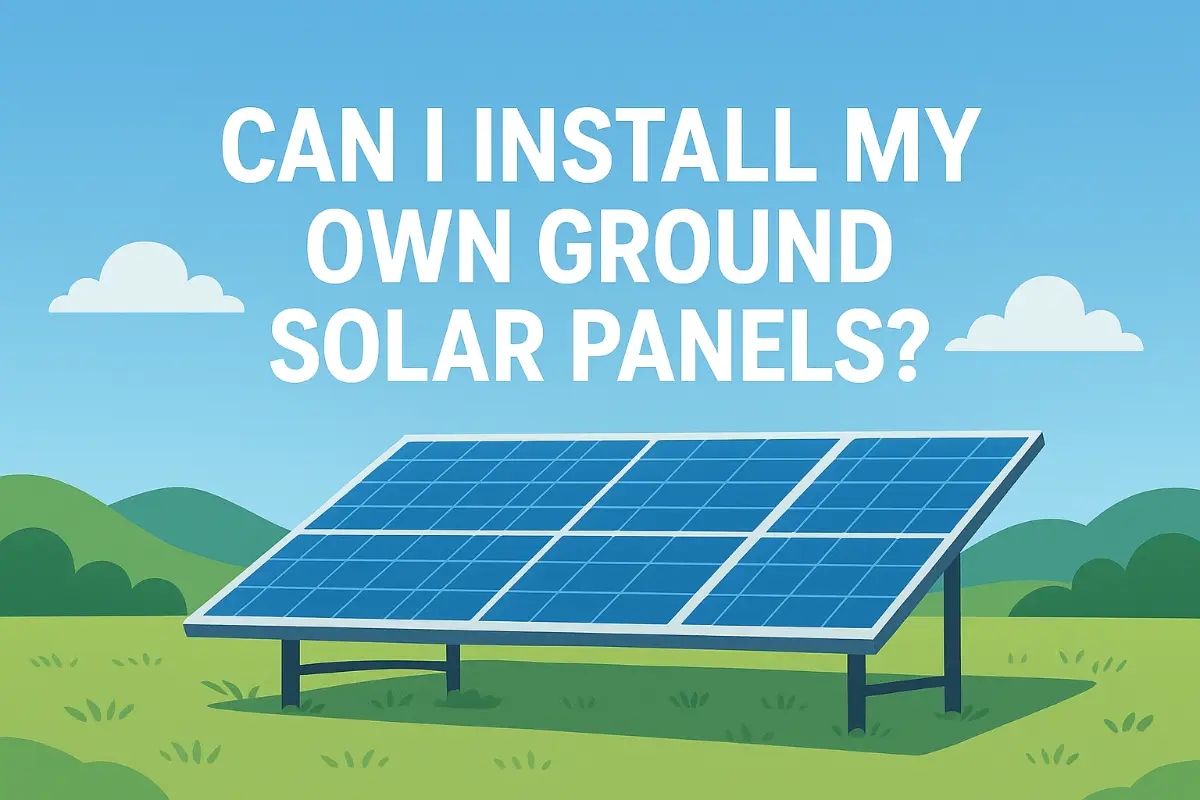
Can I Install My Own Ground Solar Panels? The Complete DIY Guide
Quick Answer: Yes, you can install your own ground solar panels, but success depends on your technical skills, local regulations, and choosing the right equipment. This guide covers everything from feasibility assessment to professional alternatives.
Understanding DIY Solar Feasibility
The dream of energy independence leads many homeowners to consider DIY ground solar installation. Unlike rooftop systems, ground mounts offer easier access and potentially simpler installation, but they come with unique challenges that require careful planning.
Most successful DIY solar projects fall into two categories: completely off-grid systems not connected to utility lines, and grid-tied systems where homeowners handle physical installation but hire licensed electricians for final connections. The complexity increases significantly when dealing with grid interconnection requirements.
Key Considerations Before Starting Your DIY Project
✓ Local Regulations & Permits
Every municipality has different requirements for solar installations. You'll typically need building permits, electrical permits, and possibly zoning approvals. Many areas require licensed electricians for grid connections.
✓ Utility Interconnection
Grid-tied systems require utility approval and specific safety equipment. Many utilities have strict requirements about who can perform this work, often mandating certified installers.
Step-by-Step DIY Installation Process
1. Site Assessment & Planning
Choose a location with maximum sun exposure (typically south-facing in the Northern Hemisphere). Test soil conditions and check for underground utilities. Ensure the site meets setback requirements from property lines.
2. Permitting & Documentation
Submit detailed plans to your local building department, including system specifications, electrical diagrams, and structural calculations. Engineering-certified mounting systems significantly simplify this process.
3. Foundation & Mounting System Installation
For ground-mounted systems, this typically involves digging holes for concrete footings or driving ground screws. Proper foundation design is crucial for withstanding wind and weather conditions.
4. Racking Assembly & Panel Mounting
Assemble the racking structure according to manufacturer specifications. This is where quality components from experienced manufacturers like Grace Solar make a significant difference in installation ease and long-term reliability.
5. Electrical Wiring & Connections
Run conduit from the array to your electrical panel. Even if you're comfortable with basic wiring, consider hiring a licensed electrician for the final connections to ensure safety and code compliance.
When to Choose Professional Installation
While DIY projects can save money upfront, professional installation offers significant advantages for complex systems. Companies with global experience like Grace Solar bring engineering expertise that ensures optimal performance and compliance with international standards.
Professional Installation Recommended For:
- Grid-tied systems requiring utility interconnection
- Large systems (typically over 5kW)
- Complex soil conditions or challenging sites
- Homeowners seeking warranty protection
- Areas with strict building codes and inspection requirements
Equipment Quality Matters: Why Choose Grace Solar
Whether you choose DIY or professional installation, equipment quality determines long-term performance and safety. Grace Solar's ground mount systems are engineered for durability and ease of installation, with global certifications including UL, TUV, and CE ensuring international compliance.
Our ground mounted PV panels solar racking systems feature pre-engineered components that simplify DIY projects while maintaining structural integrity. With cumulative installed capacity of 48GW worldwide, our systems are proven in diverse conditions from residential gardens to large-scale commercial installations.
Cost Comparison: DIY vs Professional Installation
| Expense Category | DIY Installation | Professional Installation |
|---|---|---|
| Equipment & Materials | $8,000 - $15,000 | Included in total cost |
| Labor | Your time (50-100 hours) | $3,000 - $8,000 |
| Permit Fees | $200 - $800 | $200 - $800 |
| Electrical Connection | $500 - $2,000 (if hiring electrician) | Included in labor |
Getting Started: Your DIY Solar Journey
Begin with thorough research specific to your location. Contact your local building department for permit requirements and your utility company for interconnection policies. Assess your property's solar potential using tools like PVWatts from NREL.
When selecting equipment, prioritize quality and certification. Explore Grace Solar's complete solar solutions and mounting components designed for both DIY enthusiasts and professional installers. Our systems come with comprehensive installation guides and engineering support to ensure your project's success.
Final Recommendation
While motivated homeowners can successfully install ground solar panels, carefully assess your skills, time commitment, and local requirements. For complex projects or grid-tied systems, consider professional installation or a hybrid approach where you handle site preparation and mounting while hiring experts for electrical work. Whatever path you choose, investing in quality equipment from experienced manufacturers ensures your solar investment delivers maximum returns for decades.

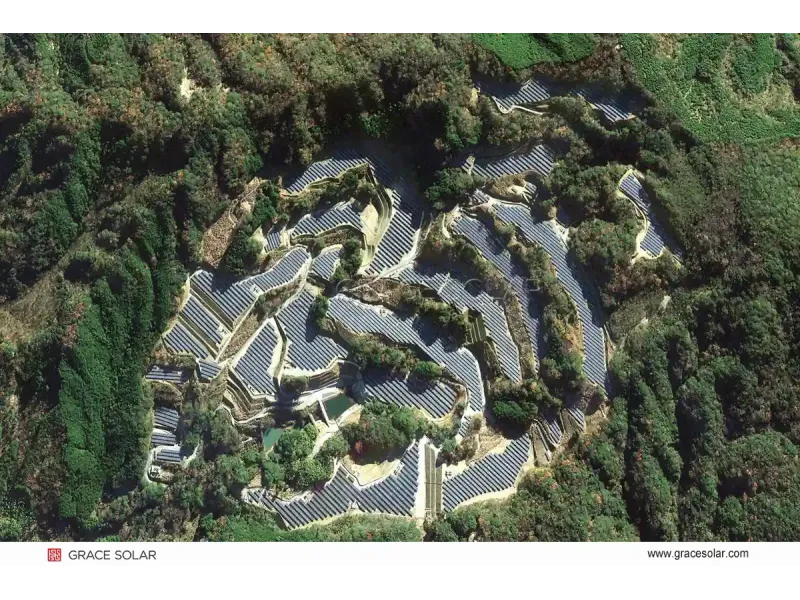
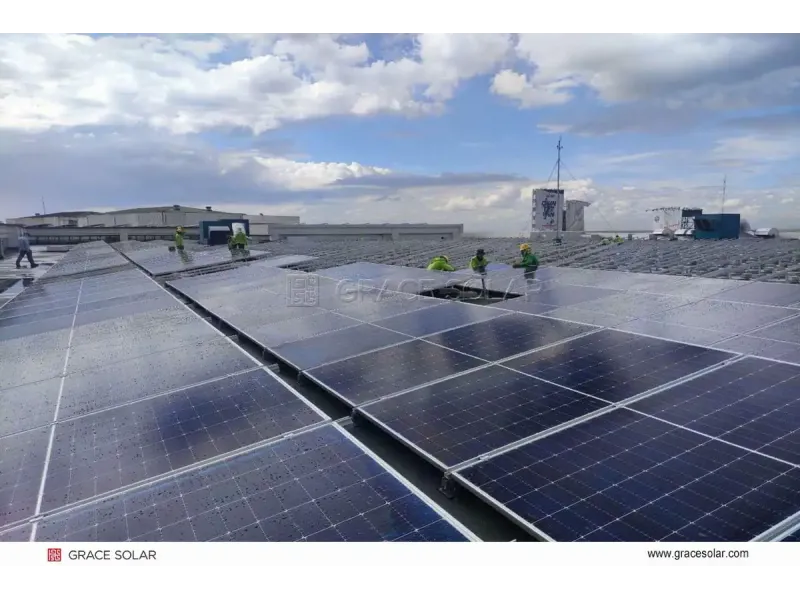
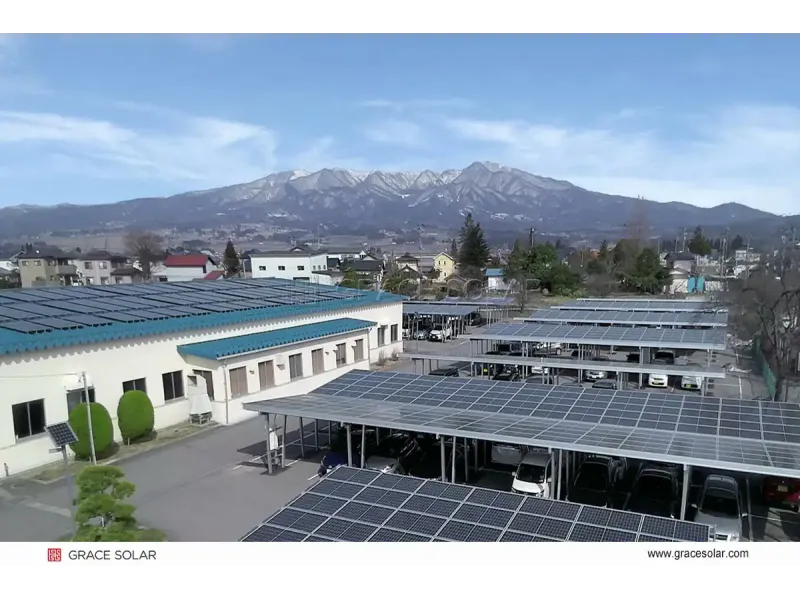
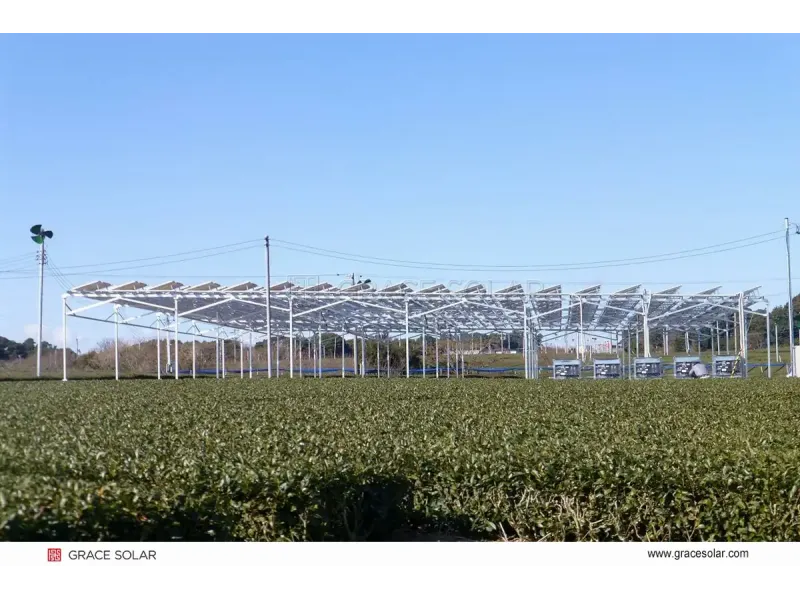
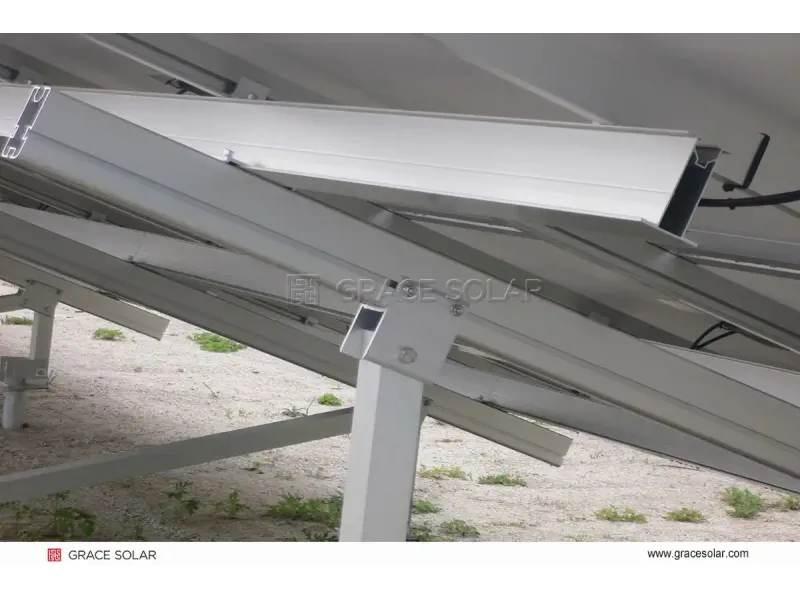
/Aluminum%20alloy%20solar%20ground%20mount%20system%20for%20residential%20solar%20panels-400x300w.webp)
/Modular%20ground-mounted%20solar%20structure%20with%20corrosion-resistant%20coating-400x300w.webp)
/Adjustable%20tilt%20angles%20on%20Grace%20Solar%20landscape%20mounting%20system-400x300w.webp)
/Commercial-scale%20solar%20farm%20using%20VV-Type%20landscape%20placement-400x300w.webp)
/N-Type%20Aluminum%20Solar%20Ground%20Mounting%20System%20with%20Adjustable%20Tilt-400x300w.webp)
/Residential%20Ground%20Mount%20System%20with%200-60°%20Tilt%20Adjustment-400x300w.webp)
/W-Type%20aluminum%20solar%20mounting%20system%20structural%20detail-400x300w.webp)
/Ground%20screw%20foundation%20installation%20for%20Grace%20Solar%20racking-400x300w.webp)
/Adjustable%20solar%20ground%20mount%20system%20on%20snowy%20mountain%20with%2055%20Angle%20tilt_-400x300w.webp)
/Engineer%20assembling%20Grace%20Solar's%20portrait%20ground%20mount%20in%20typhoon%20area_-400x300w.webp)
